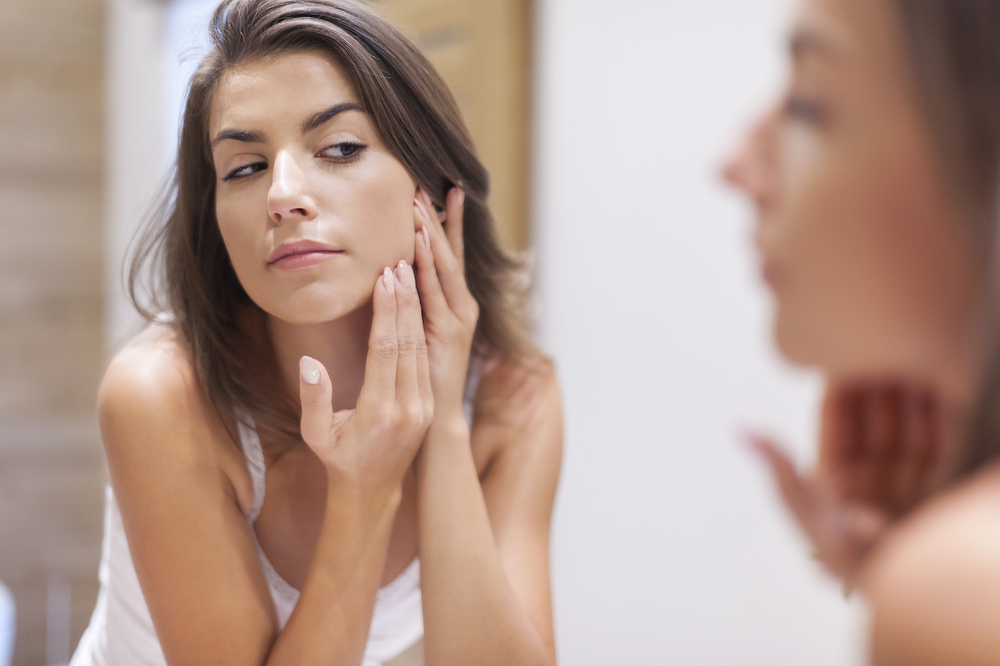What is Non-Comedogenic? A Guide for Beauticians
When diving into the world of skincare, you often come across the term non-comedogenic, especially while searching for products that dont block pores. But what does non-comedogenic really mean, and why is it important for beauticians? As a professional in the beauty industry, your clients rely on your expertise to help them achieve clear and radiant skin. Familiarity with non-comedogenic products can empower you to guide them towards healthier skincare choices.

What Does Non-Comedogenic Mean?
In simple terms, 'non-comedogenic' describes products that are formulated to prevent pore blockage. This is particularly significant as clogged pores can lead to various skin issues, including breakouts and blackheads. For clients with acne-prone skin, opting for non-comedogenic products can be transformative, reducing the chances of developing comedones - those tiny, skin-colored bumps often found on foreheads and chins.
While the concept may seem straightforward, beauticians must be adept at recognizing and recommending non-comedogenic skincare solutions. This expertise can greatly assist clients in achieving clearer skin and avoiding unwanted flare-ups.
The Importance of Non-Comedogenic Products
Grasping the benefits of non-comedogenic products allows you to make educated recommendations. Clogged pores can trigger a host of skin problems, particularly for those prone to acne. Products labeled as non-comedogenic are tested to confirm they do not block pores, thereby diminishing the likelihood of acne outbreaks.
For beauticians, this insight enables you to tailor skincare advice uniquely suited to each clients needs. By suggesting non-comedogenic items, you are not only tackling current skin issues but also helping prevent future concerns.
Key Non-Comedogenic Ingredients
Several ingredients are widely recognized as non-comedogenic, including:
- Hyaluronic Acid: Renowned for its hydrating abilities without causing pore blockage.
- Salicylic Acid: Aids in exfoliation and keeps pores clean.
- Glycerin: A mild hydrator deemed safe for those with acne-prone skin.
Incorporating products with these ingredients into your clients' routines can enhance their skin's health. For additional insight on skincare fundamentals, you can check out the American Academy of Dermatology.
Selecting Non-Comedogenic Products
As a beautician, it's vital to equip clients with knowledge on how to choose the right non-comedogenic products. Here are some guiding tips:
- Look for the term 'non-comedogenic' on labels.
- Be wary of heavy oils and emollients, as they may be comedogenic.
- Encourage patch testing of new products to ensure skin compatibility.
For a deeper guide on picking suitable skincare items, consider exploring Ulta Beauty's guide.
Personalizing Skincare Regimens
Every client has unique skin requirements. As a beautician, your task includes customizing effective yet gentle skincare routines. By incorporating non-comedogenic products, you take a proactive stance in skincare that minimizes the risk of future issues.
Understanding the correct application order of skincare can further optimize the effectiveness of non-comedogenic products. For more on this topic, check out Simple Skincare's guide.
Conclusion: The Beauticians Contribution to Skincare
Non-comedogenic products play a crucial role in any effective skincare routine, especially for those susceptible to acne and breakouts. By comprehending what non-comedogenic means and how to identify such products, you can provide invaluable guidance to your clients. This knowledge not only bolsters your expertise but also strengthens the trust clients place in you regarding their skin health.
To delve into more strategies for establishing an effective skincare regimen, explore La Roche-Posay's insights.

FAQ
Who Benefits Most from Non-Comedogenic Products?
Non-comedogenic products are especially advantageous for those with oily and acne-prone skin, though they can benefit anyone aiming to avoid clogged pores and maintain clear skin.
Are All Non-Comedogenic Products Oil-Free?
Not necessarily. While many non-comedogenic options steer clear of heavy oils, some may still contain lightweight oils that do not block pores.
How Can I Verify a Product is Truly Non-Comedogenic?
Conduct a patch test on a small area of skin to monitor for any reactions. Additionally, check for the 'non-comedogenic' label and consult with a dermatologist if uncertain.
This article contains affiliate links. We may earn a commission at no extra cost to you.

